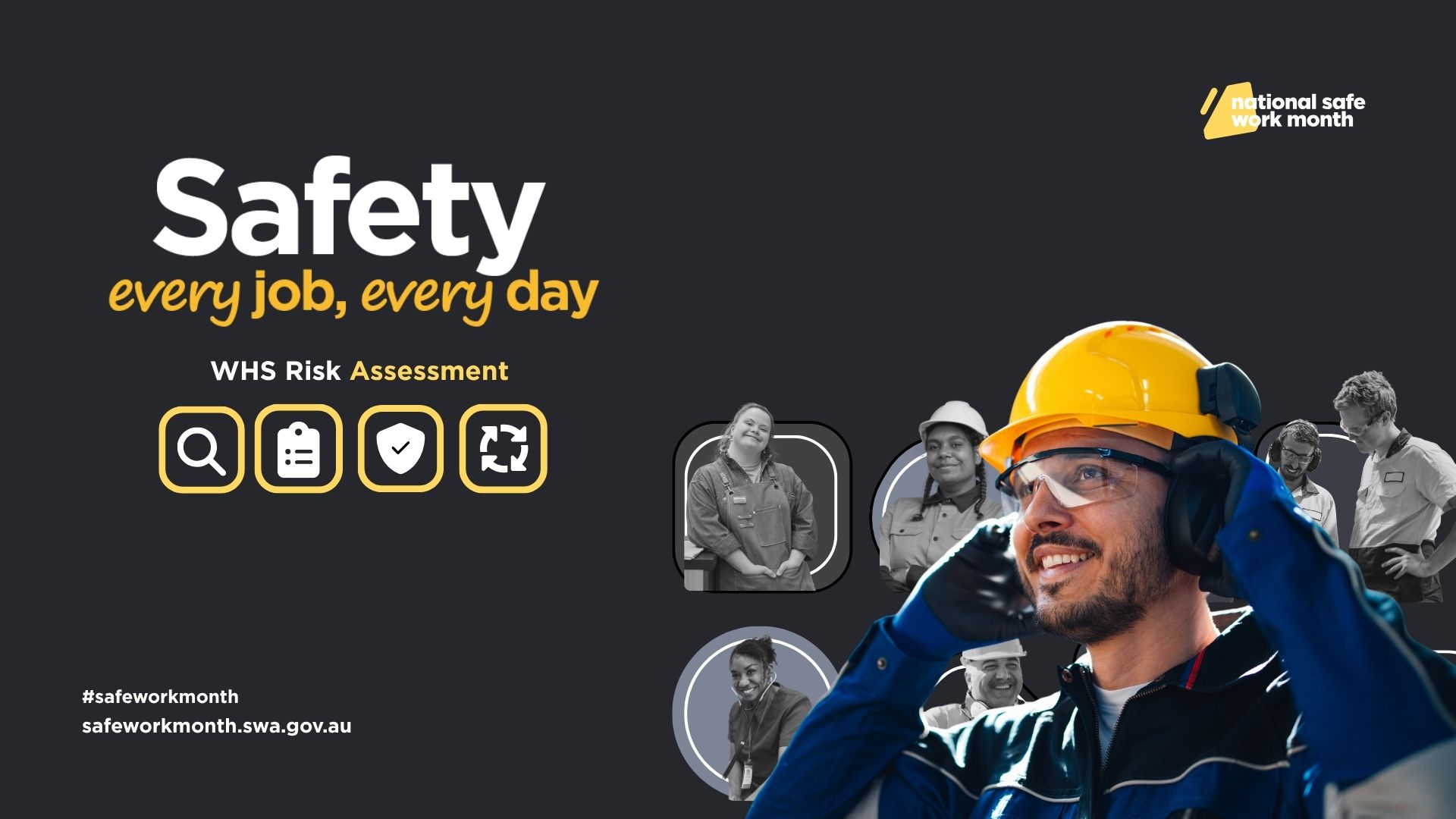Where Do Business And OHS Leaders Fall Down In Critical Decision Making?
Many organisational leaders struggle with the process of critical decision making, particularly in high-consequence and time-poor environments, according to an expert in the area.|Many organisational leaders struggle with the process of critical decision making, particularly in high-consequence and time-poor environments, according to an expert in the area.

Where Do Business And OHS Leaders Fall Down In Critical Decision Making?
Many organisational leaders struggle with the process of critical decision making, particularly in high-consequence and time-poor environments, according to an expert in the area.
Multiple studies have consistently found that about 12 per cent of the population are able to make good decisions in high-consequence and time-poor environments, said Nicholas Bell, director of SD Consulting.
“We are all called upon every day to make good decisions in high-consequence and time-poor environments, and these include driving a car, to making career starting or ending decisions or anything to do with finances or business,” he said.
“Organisational leaders are judged on the results of their decision making. We have confidence in them if they get it right and they lose our confidence if they don’t.
“Their positions rely on their decision making, every day and every time. Decisions make and/or break organisations and people.”
Bell, who is an ex-watch commander, fire & rescue operations and emergency response professional, explained critical decision making is the ability to examine and vet your own thinking using evidence, logic and reasoning.
“Critical thinking is essentially the quality ‘filter’ you use to ‘wash’ all incoming information through,” said Bell, who was speaking ahead of the 2021 AIHS National Health & Safety Conference, which will be held online from 22–24 June 2020.
“You then exercise critical analysis for a specific problem and arrive at the decision point after considering multiple options.”
People fear the consequences of critical decision-making, according to Bell, who explained that the gap exists in both competences, (training & education and experience), and the resultant confidence, (the ability to step-up and take charge).
“Confidence comes directly as a result of competence. The more we train, practice and experience then the more confident we become,” he said.
“When we fear something, we withdraw and are timid or hesitant in our decision making.” He gave the example of someone collapsing at a bar, with convulsions and vomiting. In such a situation, few rush to help while most withdraw or look away or quietly leave.
While anecdotal, Bell said this illustrates exactly why people struggle with critical decision making.
“The consequences are high, time is short, and no-one wants the responsibility,” he said.
“The off-duty paramedic or similar in the crowd is both competent and confident and so they step forward.”
They have been trained in what to do and they have had practice with real-life experience, and Bell said this is the physical proof that training works – “but it must be the right sort of training.
“Psychologically it is exactly the same. Fear is the base emotion that displays itself through hesitation, withdrawal, procrastination, avoidance and denial,” he said.
“We tend to recruit and promote on a range of competencies but not the ability to make decisions.
“Next time you do have occasion to recruit or promote, ask the candidate how they make decisions? What methodology they use, what structures they have in place to guide themselves?”
Bell said OHS professionals have to develop high-sense critical thinking skills.
“They are essentially the subject matter expert on safety for their workplace/s and they need to give quality advice.”
Every time they go to work then, Bell said it is immediately a high-consequence and time-poor environment.
One of the key competencies that lives inside critical decision making is situational awareness – which demands that the OHS professional is able to understand the environment, the task and the critical elements in the workplace – “essentially reading the environment”. “Then they must be able to project ahead, and this means being able to anticipate hazards and risks,” said Bell.
“It is not enough to be technically competent – an OHS professional needs to be able to apply the technical know-how to the individual, the team the task, the operational, strategic and corporate world in a practical and workable manner.”
This is where theory meets practice and real safety in the workplace lives, and Bell explained that policies and procedures are only as good as the individuals that breathe life into them otherwise, “they sit on a shelf collecting dust”.
“It is the application of critical decision making up, down and across an organisation that will determine how safe it is.”
Bell will be speaking at the 2021 AIHS National Health & Safety Conference, which will be held online from 18–20 May 2021. For more information call (03) 8336 1995, email events@aihs.org.au or visit the conference website.
Article originally published by the Australian Institute of Health and Safety.





